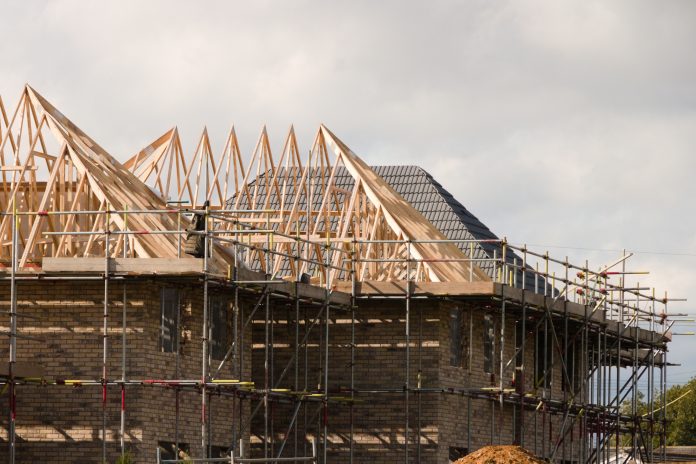The most recent CIPS PMI construction data has shown a return to growth in UK construction output for July
UK construction output picked up again after a slight drop in June. This growth has been driven by an increase in commercial building projects, the largest since February.
Civil engineering projects also contributed; however, residential construction activity continued to decrease.
Many participants in the CIPS PMI survey said that higher interest rates and uncertainty about the economy affected their order books in July.
As a result, there was less demand and fewer supply issues, leading to the quickest improvement in delivery times for suppliers since March 2009.
In July, the UK’s PMI index increased to 51.7 from 48.9 in June. This was the highest level in five months. However, this increase showed only moderate growth in overall construction output.
Residential construction continues to struggle
Growth in commercial buildings measured at 54.4, and civil engineering reached 53.9. However, this was balanced out by a significant drop in house building (43.0).
Residential construction has been decreasing for eight months in a row, although the rate of decline slowed down and is now at its least severe since April.
“A return to growth for construction output and the fastest upturn in supplier performance since 2009 are certainly reasons for encouragement for the sector,” commented Fraser Johns, finance director at Beard Construction.
“Once again, commercial building, along with civil engineering, continues to do the heavy lifting for the sector as residential building continues to feel significant pressure in a higher interest environment,” he added.
Construction firms mentioned that higher borrowing costs resulted in fewer people buying their services and clients taking more time to make decisions in July.
The most recent survey showed a small increase in new projects, but the growth rate was slower compared to the average in the first half of 2023.
Improved construction output has led to a rise in employment
Rates of employment in the construction industry rose in July, and job creation increased to the highest level since October 2022.
Some companies mentioned that there were more suitable candidates available, which encouraged them to hire more people. Others stated that their plans for long-term business growth led to an increase in their workforce.
There was less demand for construction materials in July. Purchasing activity has declined over the past two months, which reflects efforts to reduce stocked materials.
Reduced demand and better availability of materials have meant that suppliers were able to provide materials more quickly. delivery times were the shortest they’ve been in almost fourteen and a half years.
Some participants said that more competition among suppliers helped in negotiating better prices. However, higher overall inflation and increased wages continued to raise the prices of materials.
Higher interest rates cause concerns over pressure on customer budgets
Many participants were optimistic about construction output in the coming year. However, there are concerns over pressure on customer budgets due to higher interest rates.
“As we hopefully turn the corner in the battle against inflation, the hope is that this will continue to nurture confidence among clients to commit to projects,” said Fraser Johns.
We all have a role to play too, through our conversations with clients, our cost plans, and our continued dialogue with suppliers. While there are good reasons to be optimistic for the back end of this year, we mustn’t get ahead of ourselves,” he concluded.

















